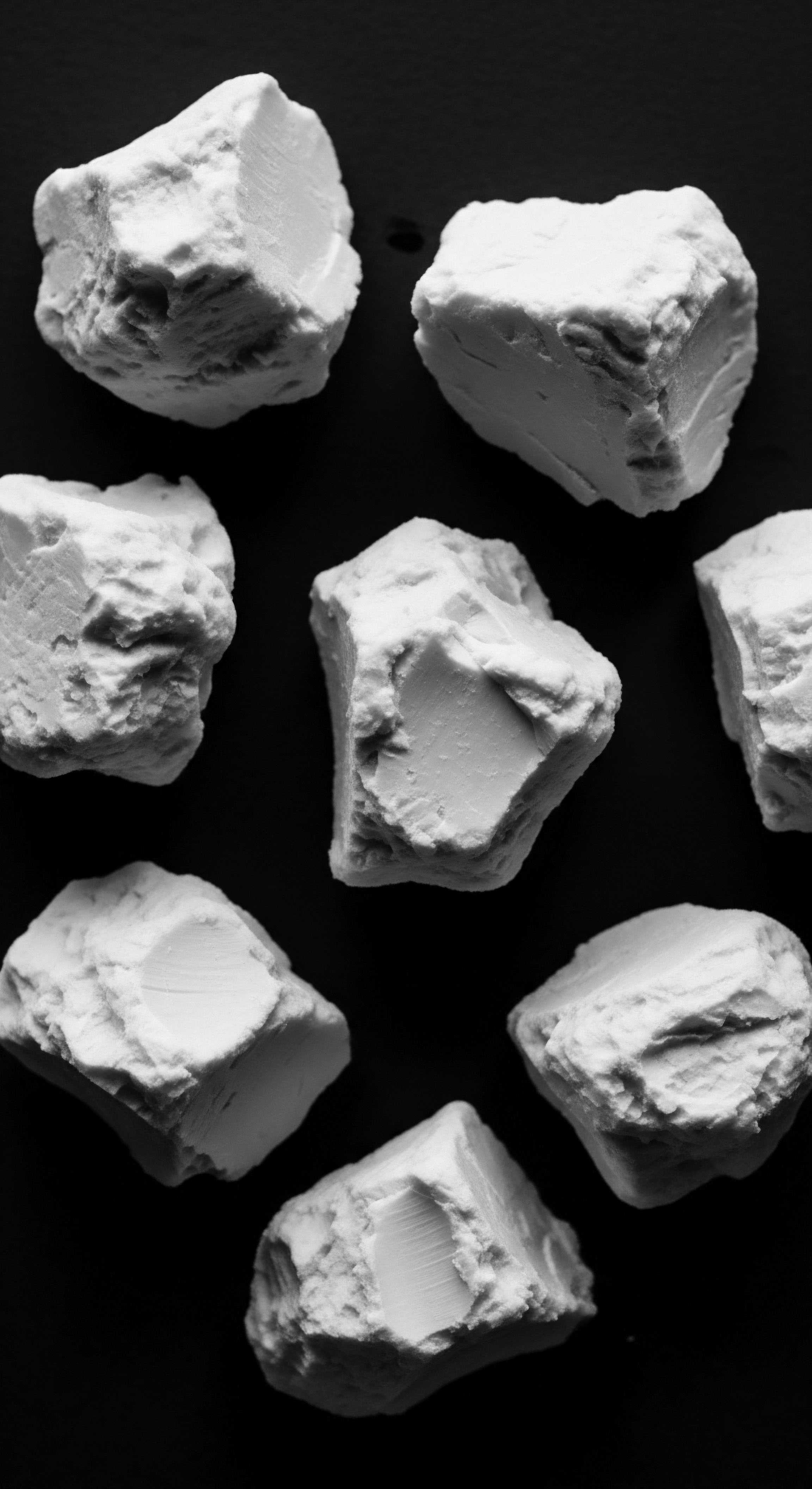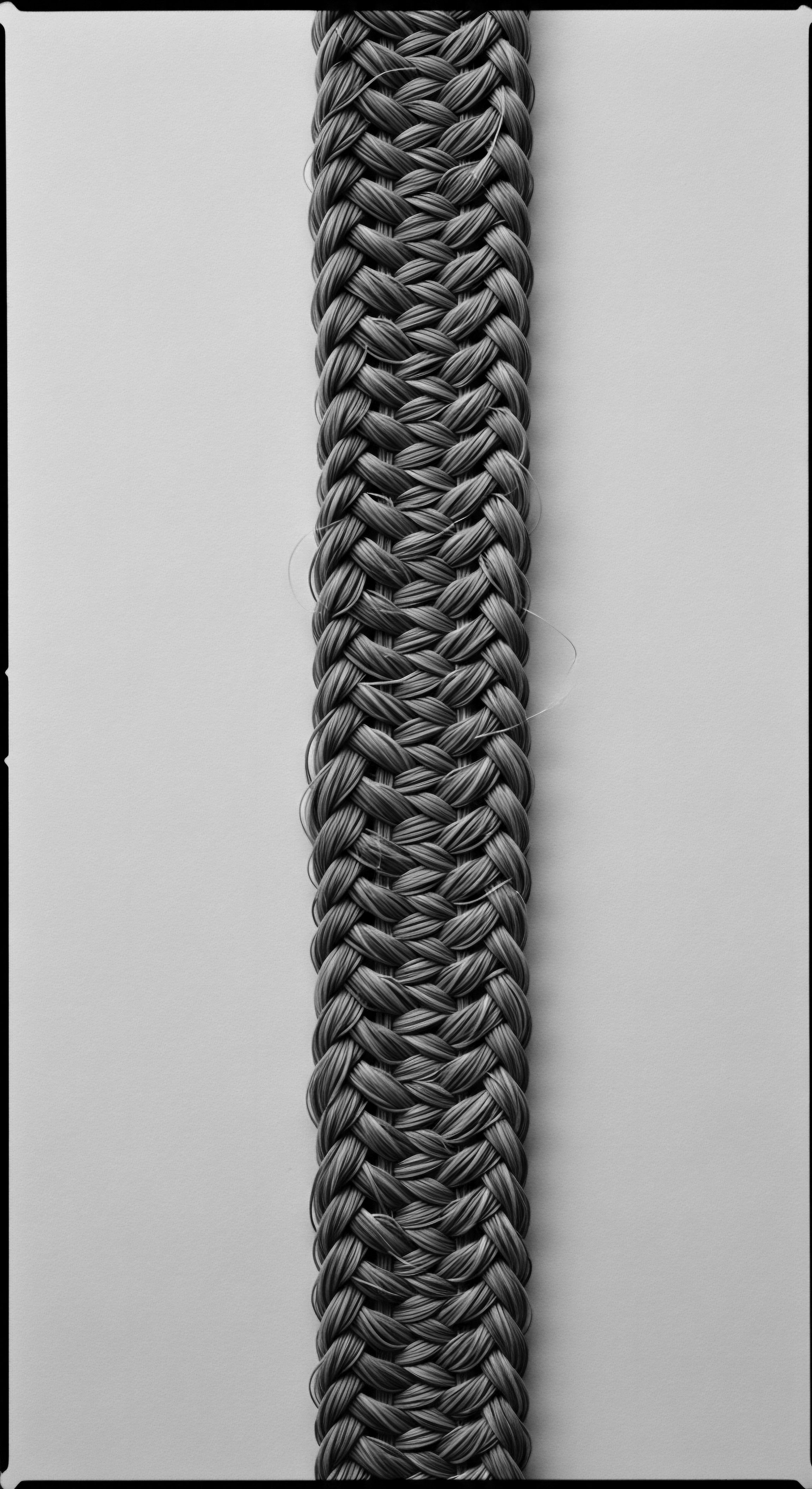
Keratin Function
Meaning ❉ Keratin function explains how this protein forms and structures hair, defining its unique qualities, particularly the resilience and curl patterns of textured hair.
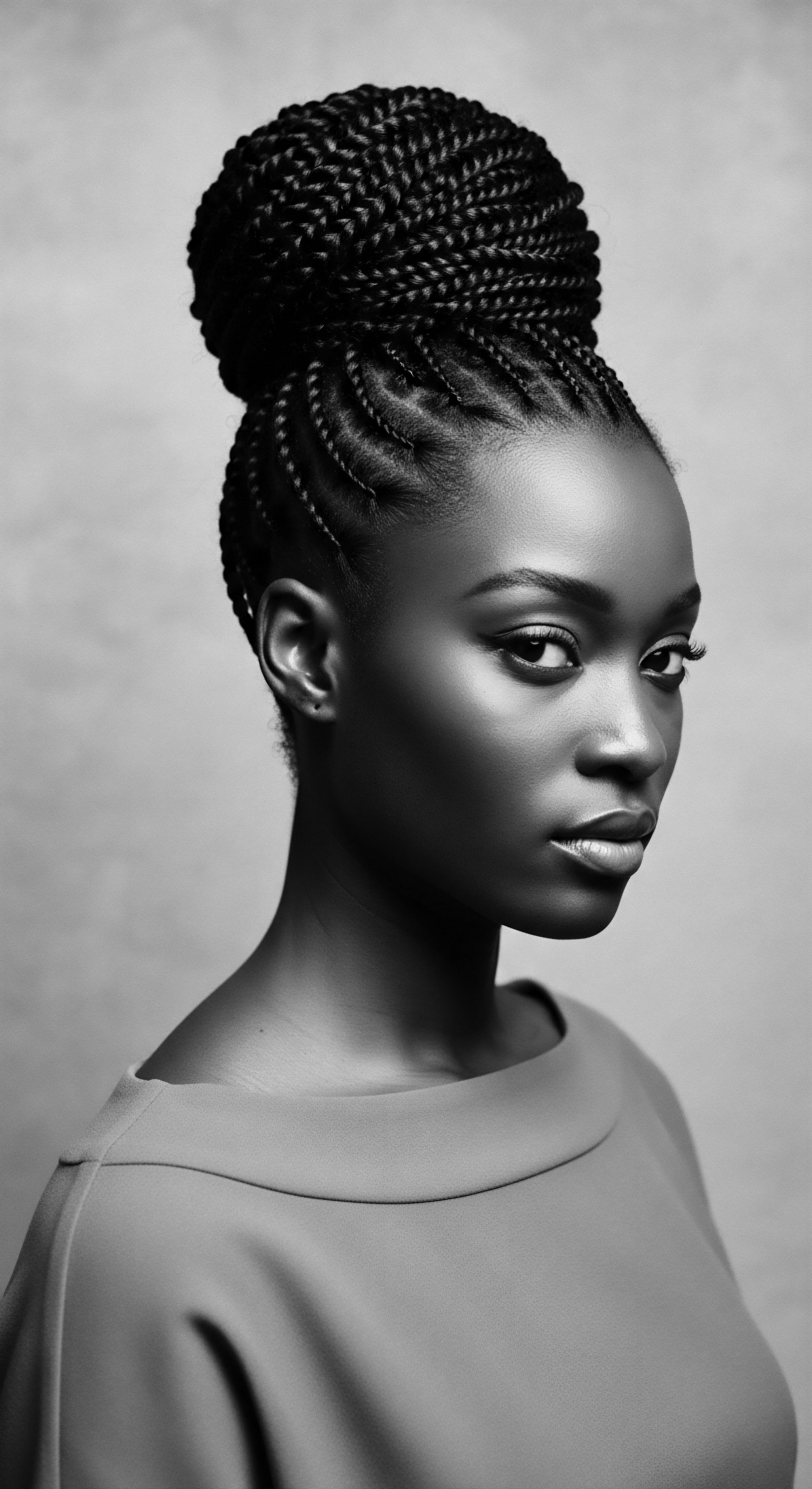
How does modern science affirm the efficacy of traditional African hair oil practices?
Modern science confirms the deep efficacy of traditional African hair oil practices through biochemical analysis and understanding of textured hair's unique needs.
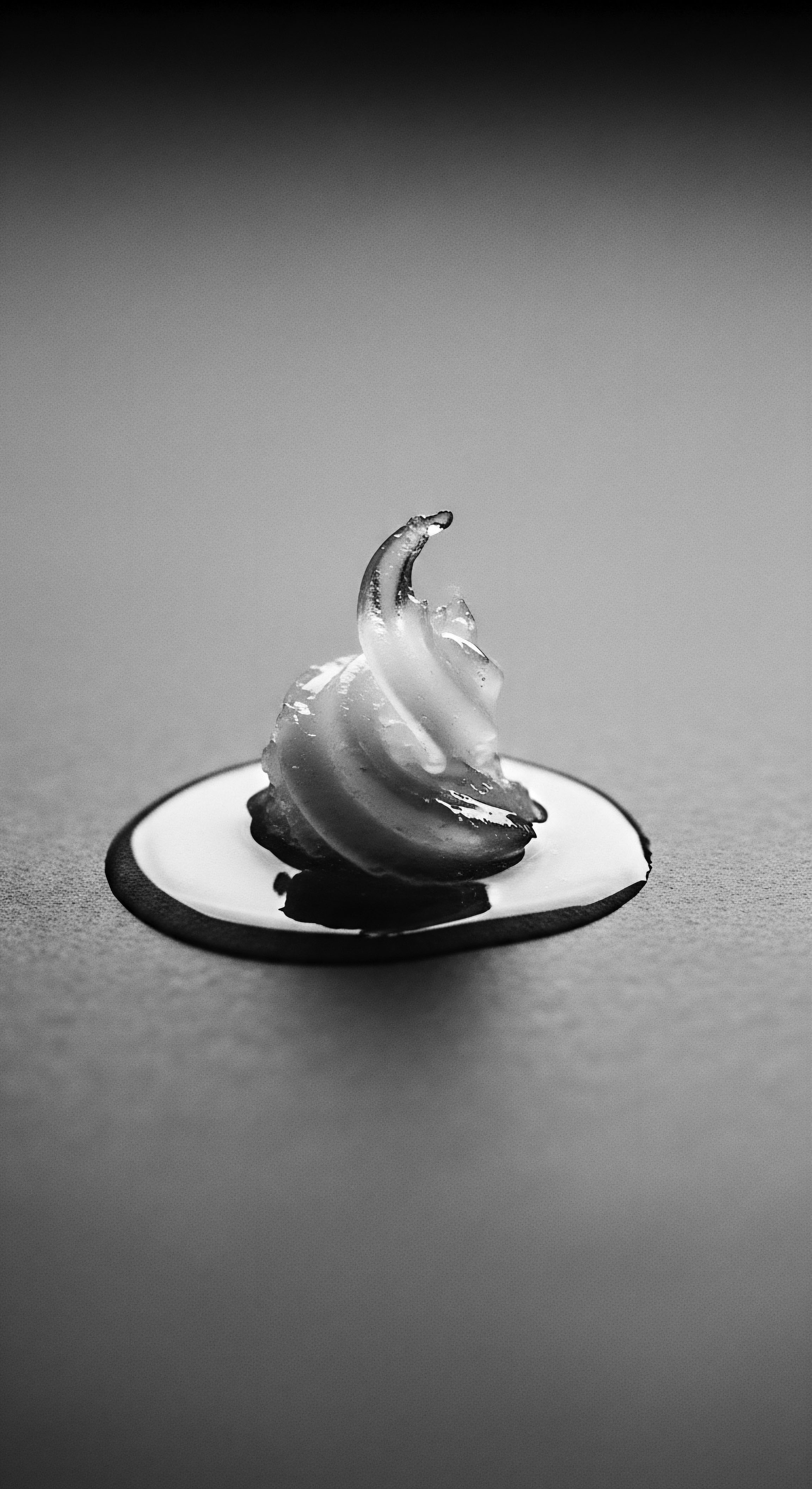
Can modern science explain traditional plant efficacy for textured hair heritage?
Modern science confirms the efficacy of traditional plants, validating centuries of textured hair heritage and ancestral wisdom.
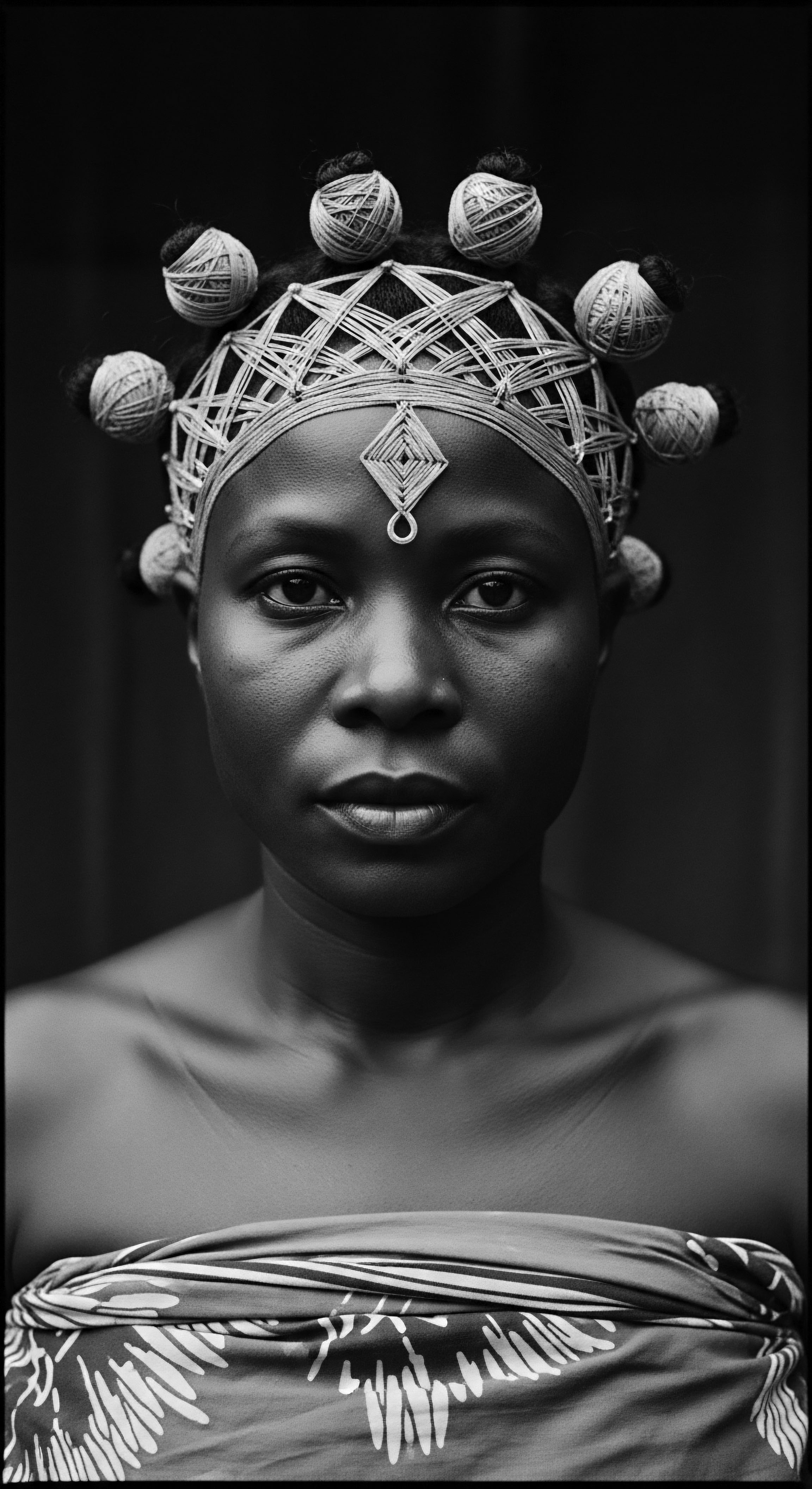
Can modern science confirm the historical benefits of shea butter for textured hair?
Modern science affirms the historical benefits of shea butter for textured hair, validating ancestral practices through its rich composition.
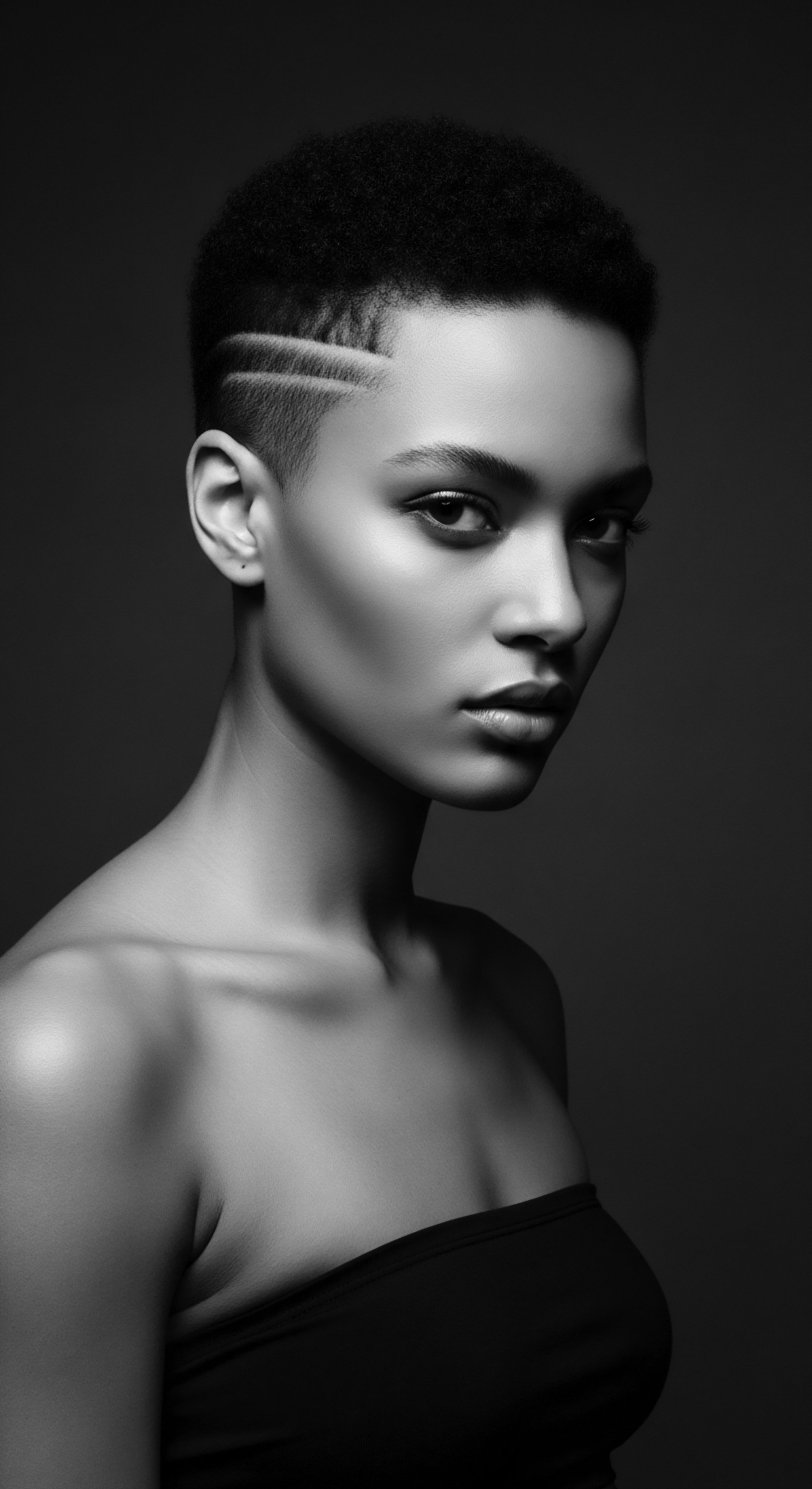
Can modern science validate the heritage practices of African plant oil use for textured hair?
Modern science confirms African plant oils support textured hair health by providing essential nutrients and protective qualities, validating centuries of ancestral use.

How do plant-based ingredients from heritage influence modern textured hair care science?
Plant-based ingredients from heritage guide modern textured hair science by offering proven efficacy and ancestral wisdom for holistic care.
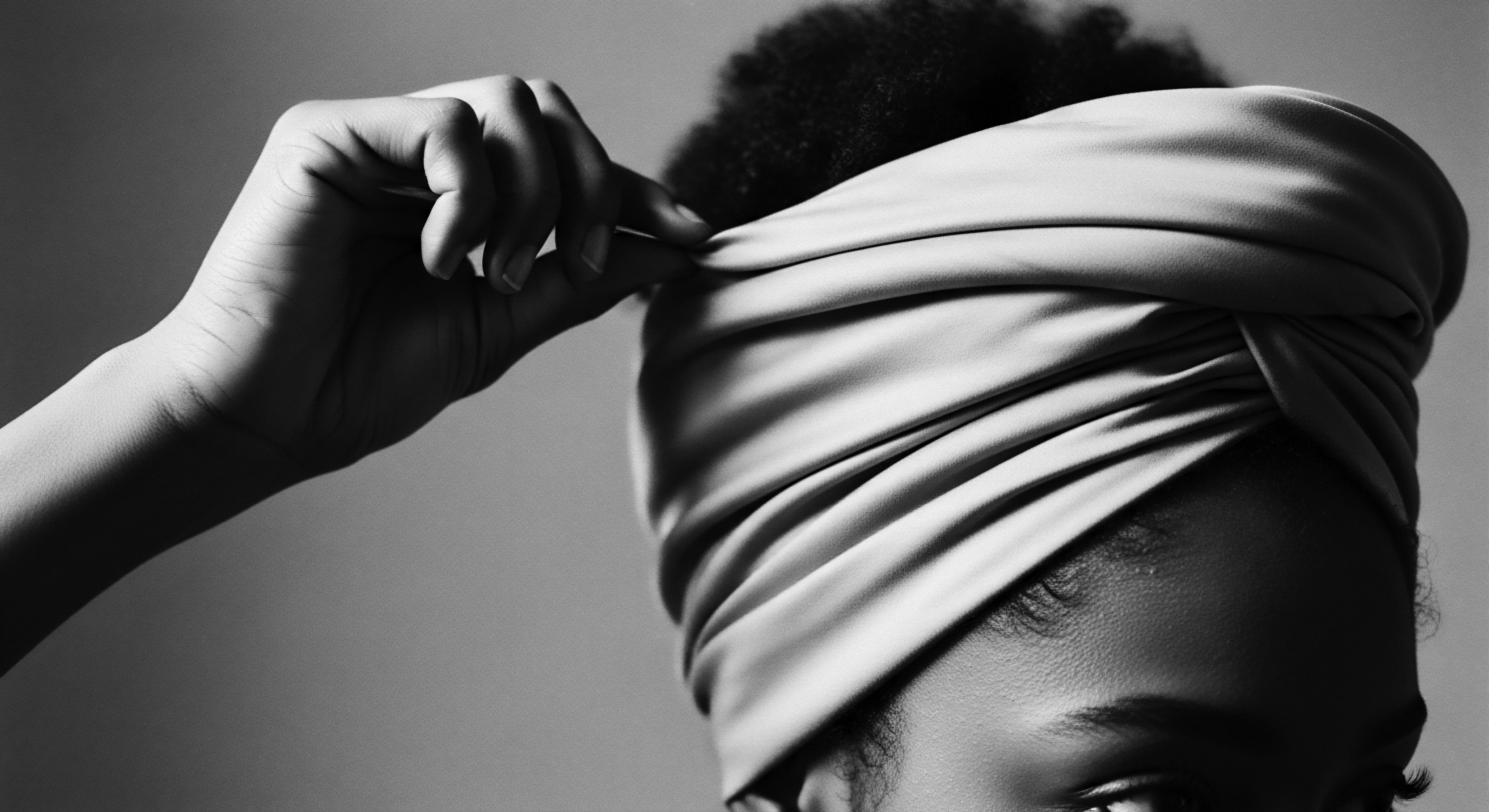
Hair As Fiber
Meaning ❉ Hair As Fiber describes hair as a complex natural material whose biological properties inform its care, styling, and cultural significance.

What ancestral practices for textured hair care hold modern scientific validation?
Ancestral textured hair practices, deeply rooted in heritage, are scientifically validated for their moisturizing, protective, and scalp-balancing benefits.

Anti-inflammatory Compounds
Meaning ❉ Anti-inflammatory Compounds are substances calming scalp irritation, echoing ancestral wisdom in nourishing textured hair heritage for vibrant health.

Plant Lipid Properties
Meaning ❉ Plant lipid properties describe the chemical and physical characteristics of plant-derived fats influencing hair health and cultural care practices.
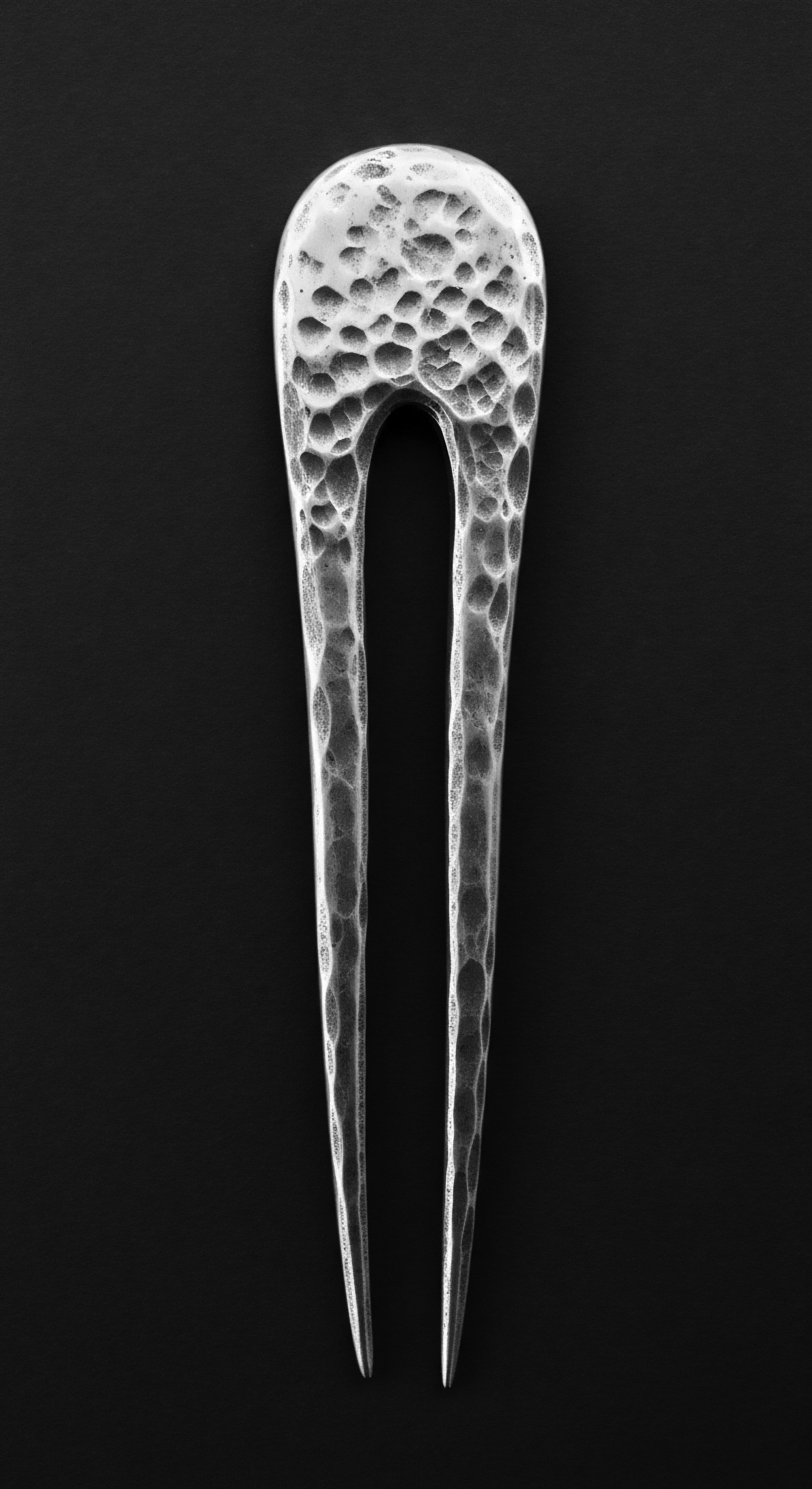
Can traditional ingredients from ancestral practices offer benefits for modern textured hair care science?
Traditional ingredients from ancestral practices offer demonstrable benefits for modern textured hair science, grounding care in a rich heritage.

Which traditional oils are scientifically affirmed for textured hair?
Scientifically affirmed traditional oils like coconut and shea butter provide deep moisture and structural support for textured hair, echoing ancestral wisdom.
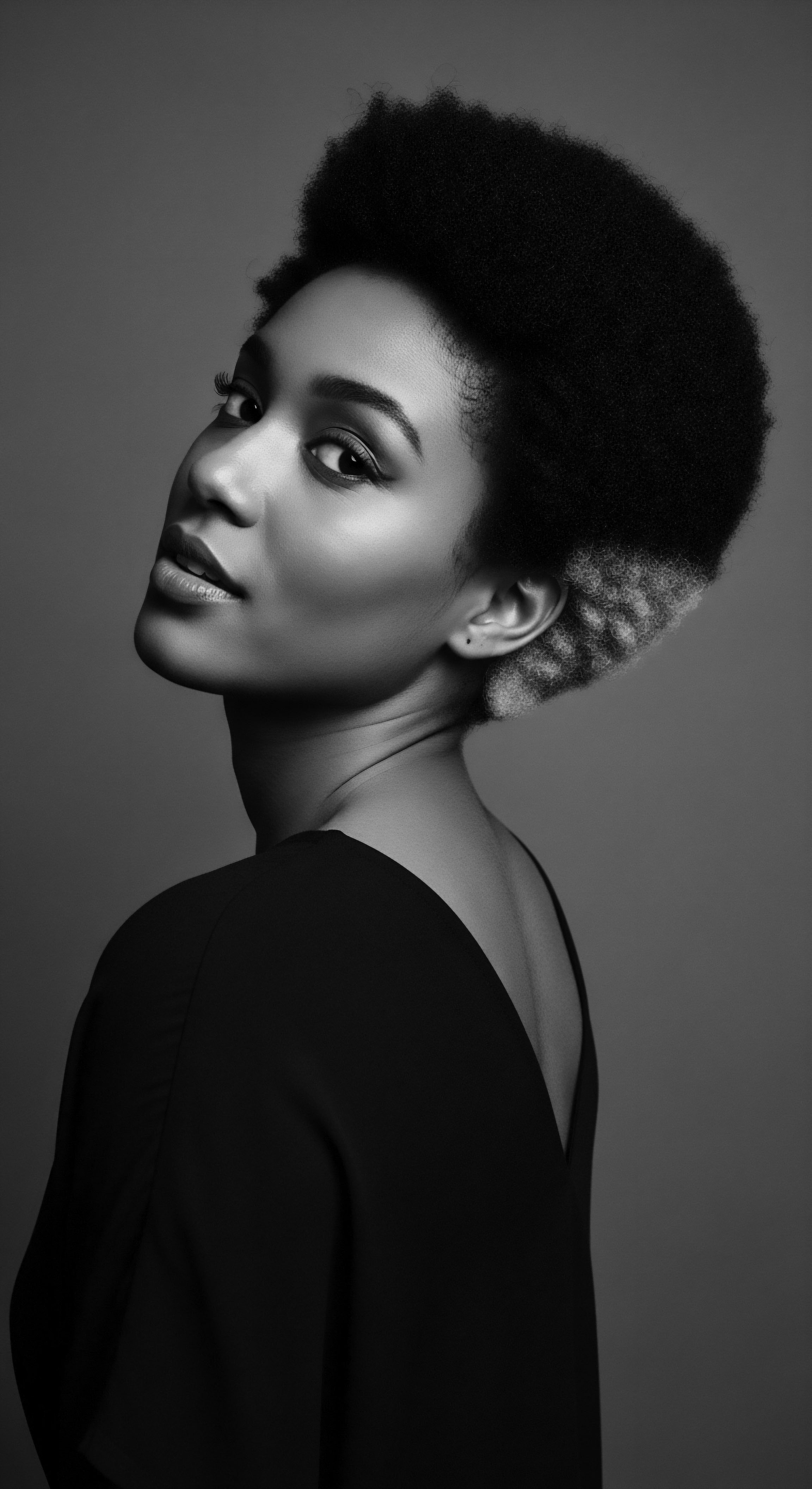
Alkaline pH
Meaning ❉ Alkaline pH refers to a substance's basicity, influencing hair's cuticle and structural integrity, a concept deeply intertwined with textured hair heritage.
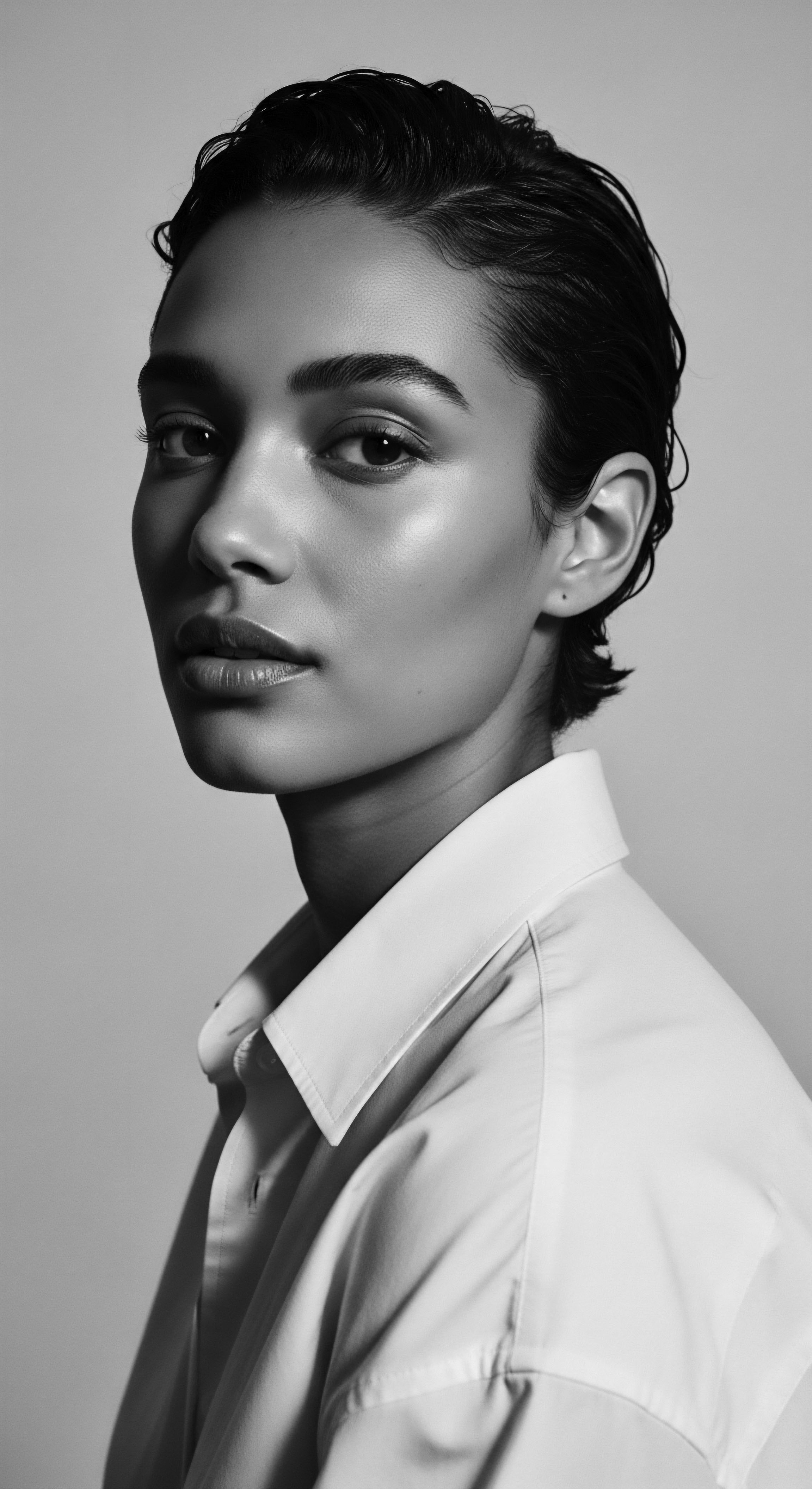
Hair Texture Scale
Meaning ❉ The Hair Texture Scale delineates natural curl patterns, connecting biological structure to profound cultural heritage and historical experiences of textured hair.
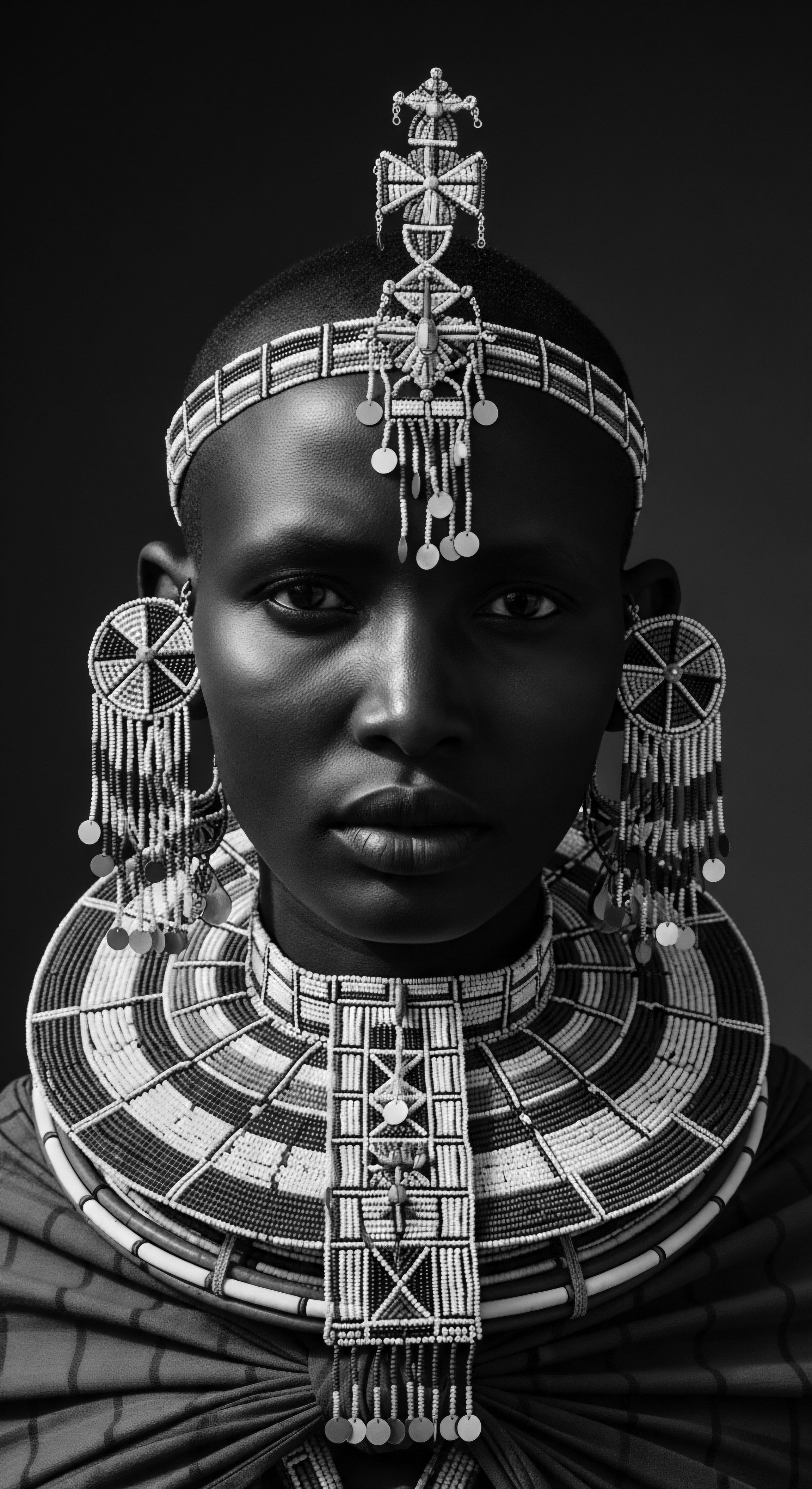
What is the scientific connection between hair porosity and traditional remedies?
Hair porosity's scientific basis validates traditional remedies, revealing ancestral wisdom in managing textured hair's moisture.
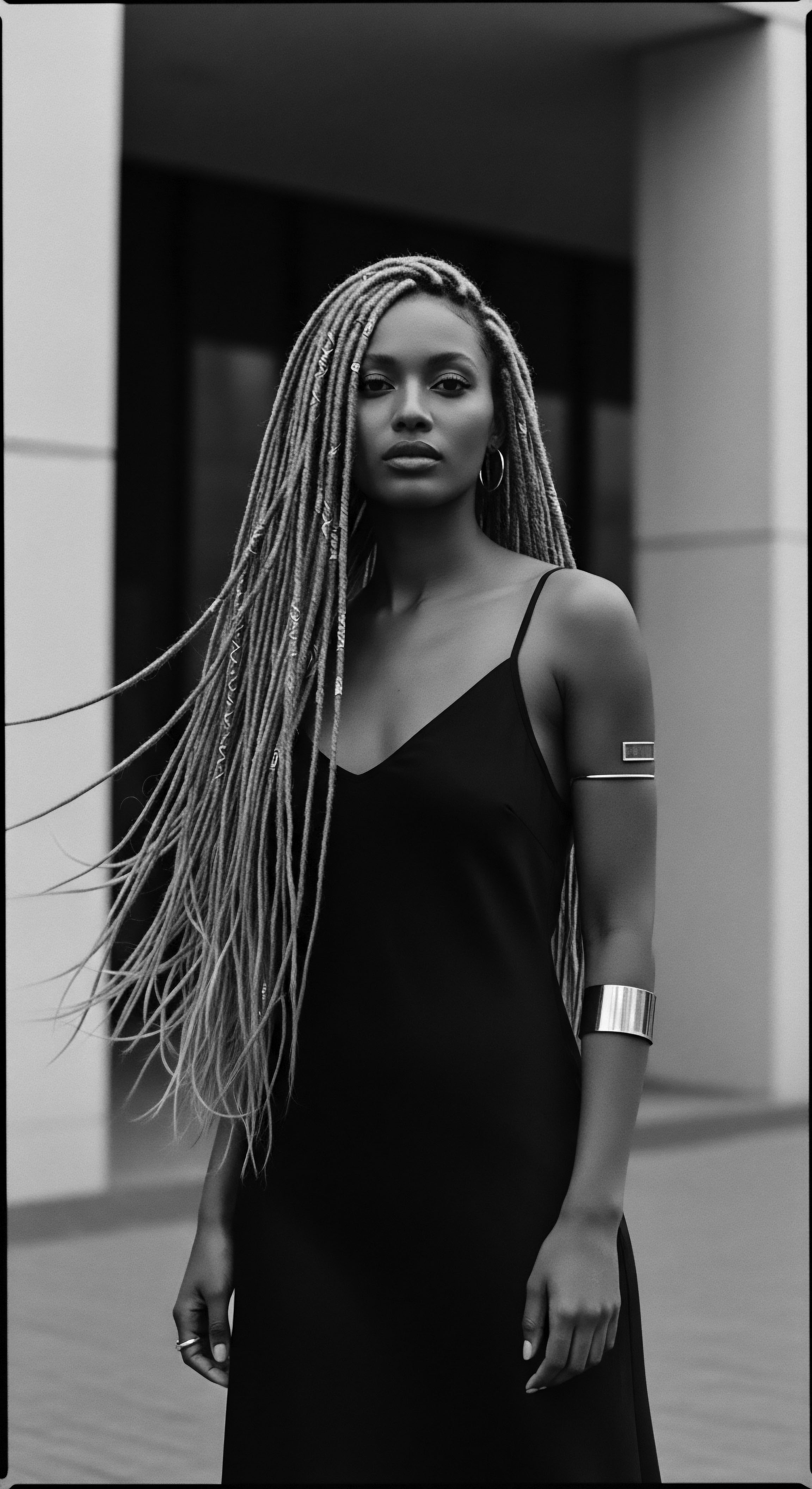
Can traditional African hair ingredients be scientifically validated for contemporary use?
Traditional African hair ingredients demonstrate scientific validity for modern care, deeply connecting to textured hair heritage.
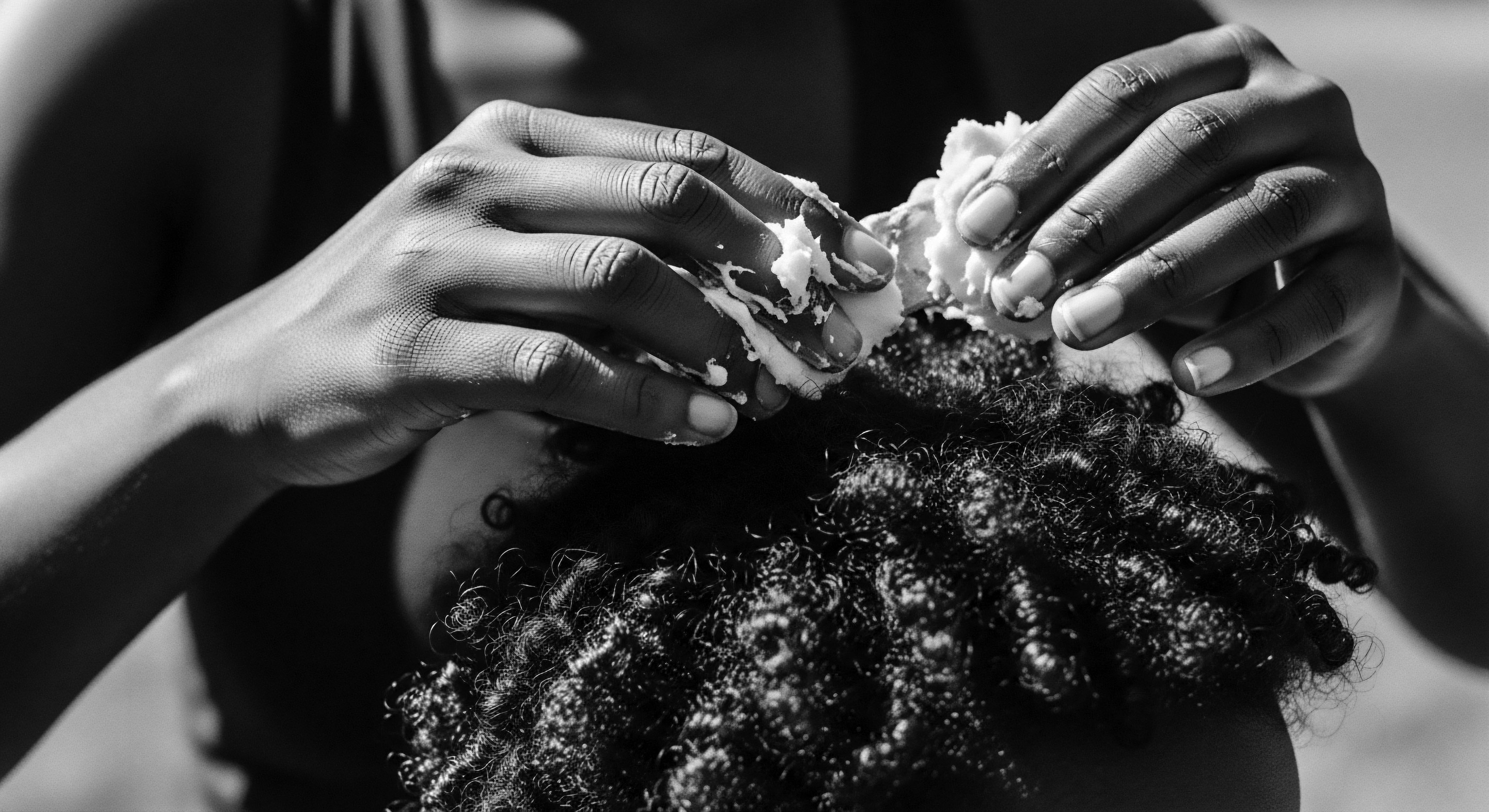
Can modern science explain ancient hair oiling benefits for coiled strands?
Modern science confirms ancient hair oiling benefits for coiled strands, validating heritage practices through lipid chemistry and structural hair protection.
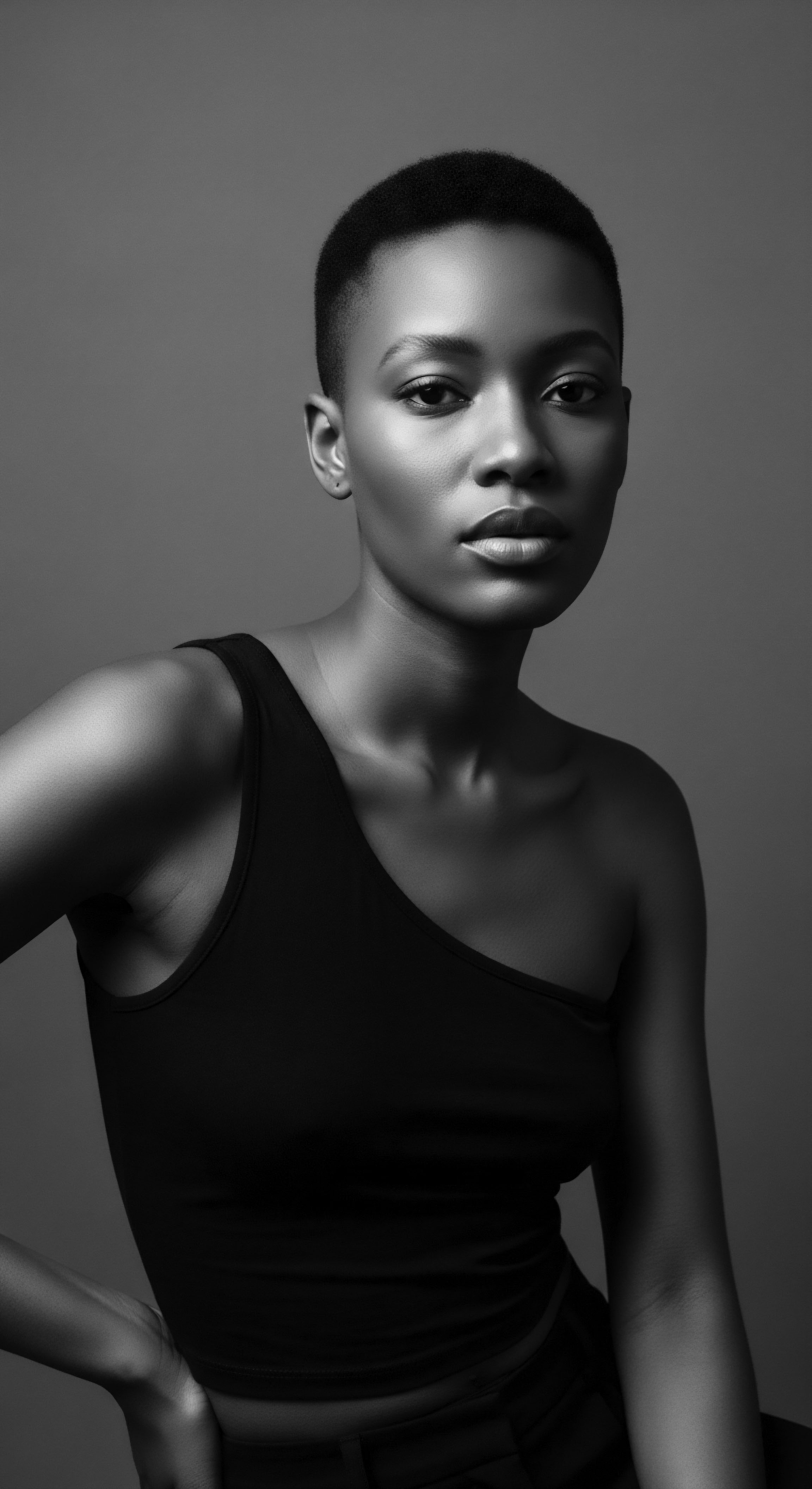
Hair Lipidomics
Meaning ❉ Hair Lipidomics is the study of lipids within hair, revealing their profound influence on its structure, moisture, and ancestral care.

What historical plant ingredients are scientifically verified for textured hair?
Historical plant ingredients, scientifically verified, offer profound benefits for textured hair, rooted in ancestral wisdom and cultural heritage.
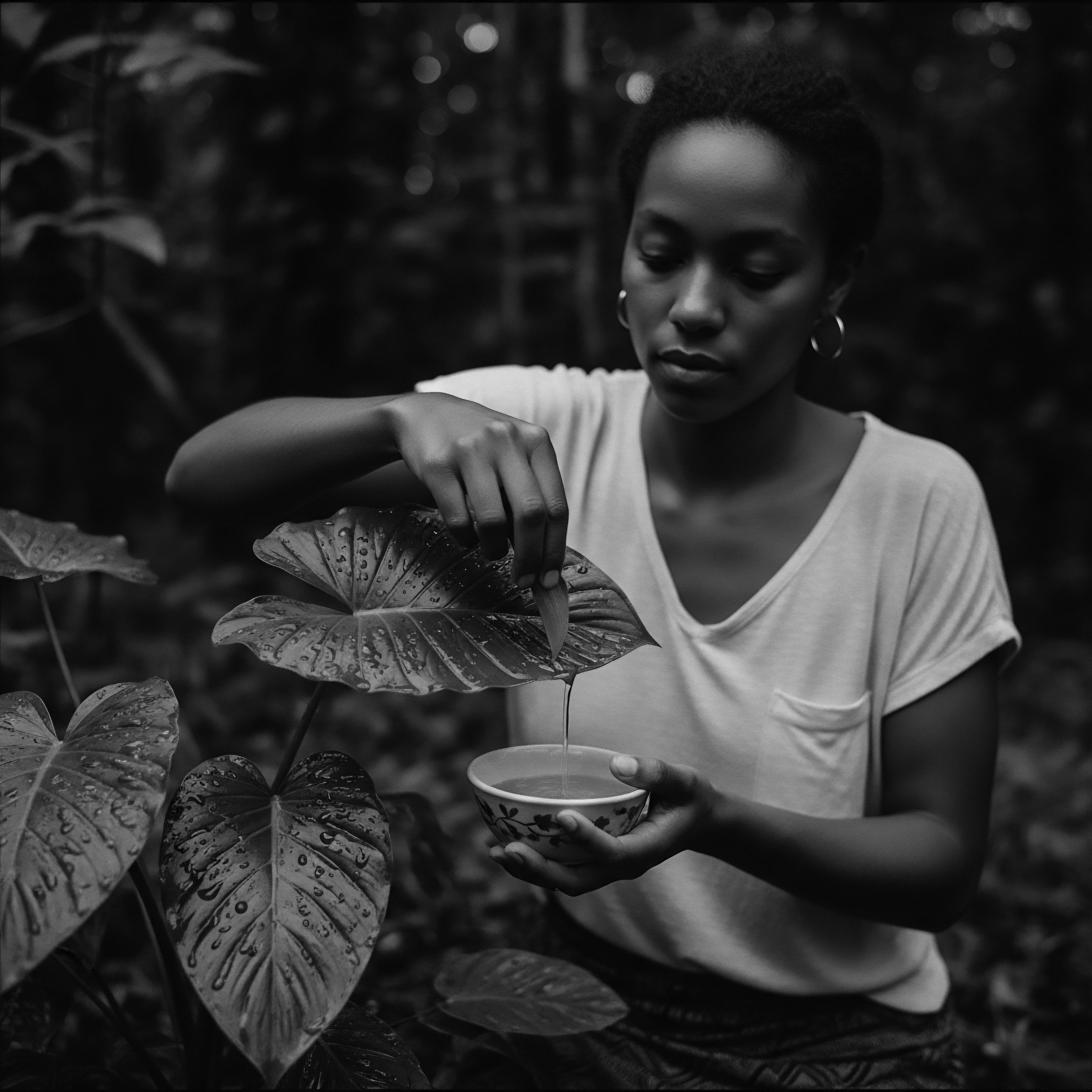
What ancestral botanical ingredients validate current scientific insights into textured hair care?
Ancestral botanical ingredients, steeped in heritage, offer scientifically validated benefits for textured hair care, often mirroring modern insights.
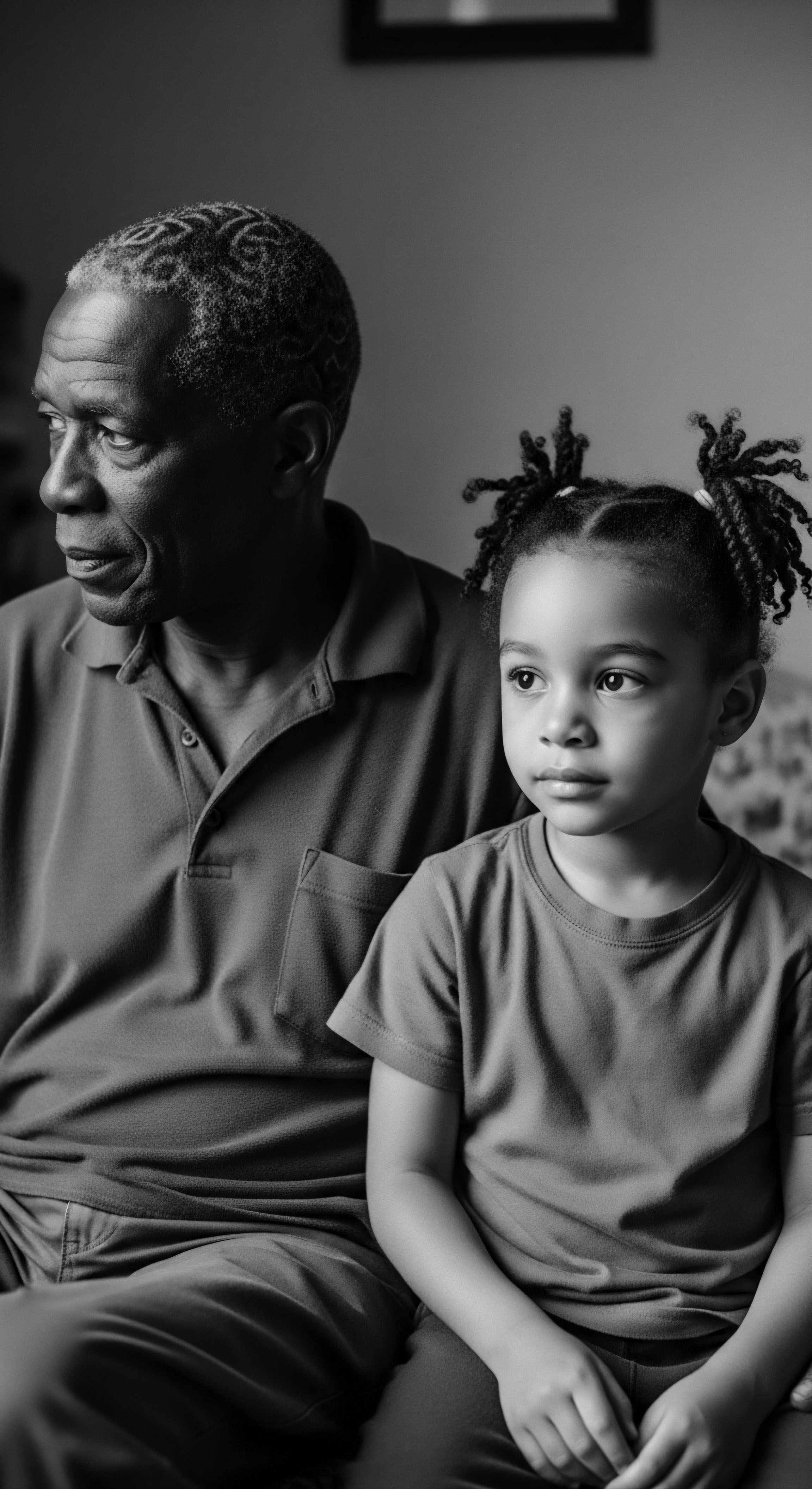
Can modern science validate the traditional uses of plant butters in textured hair care?
Modern science confirms the traditional wisdom of plant butters in textured hair care, validating their deep moisturizing and protective heritage.
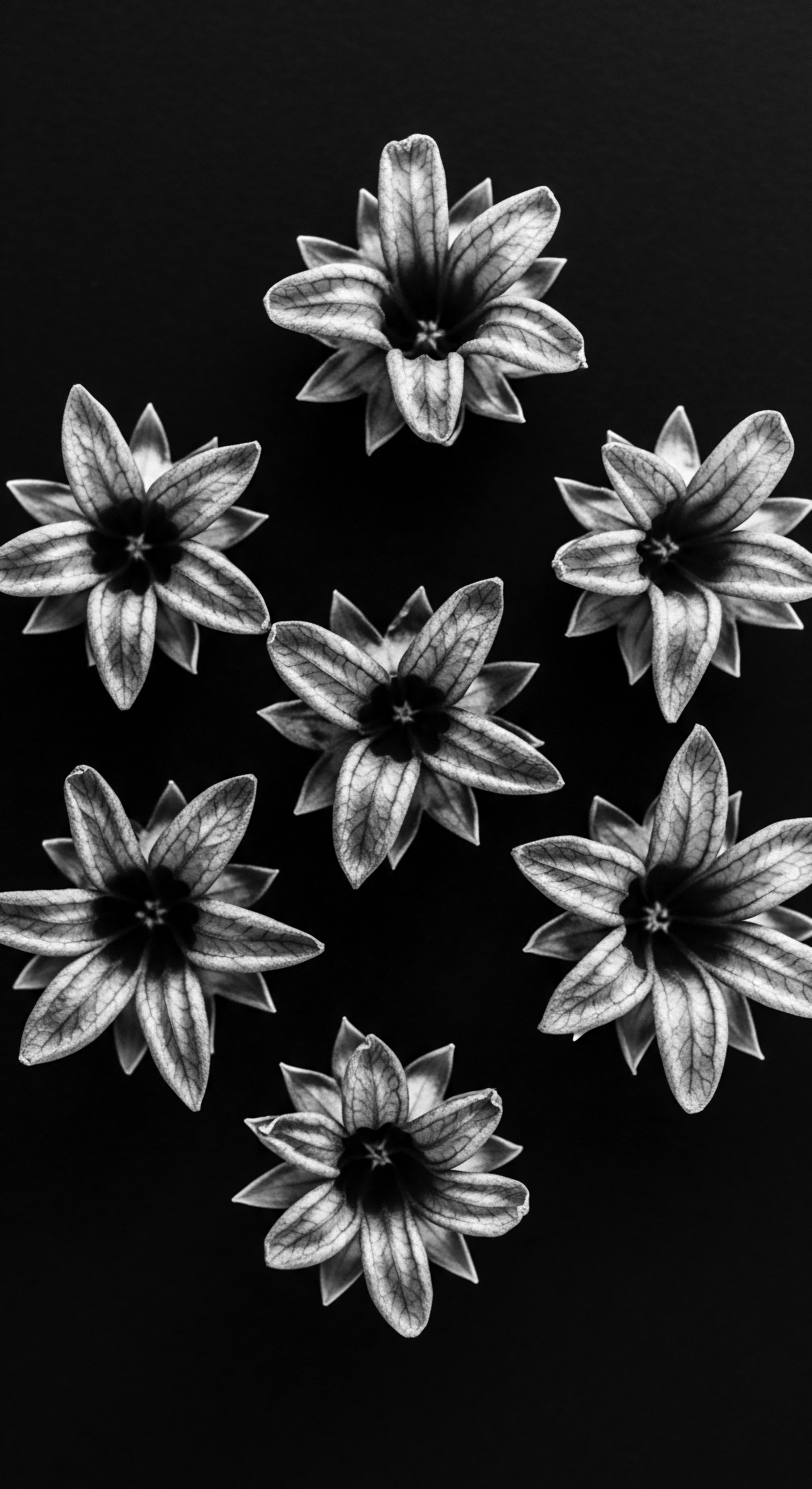
Protein Structure
Meaning ❉ Protein structure is the intricate arrangement of amino acids forming keratin, dictating hair's unique shape, strength, and resilience, especially in textured hair.
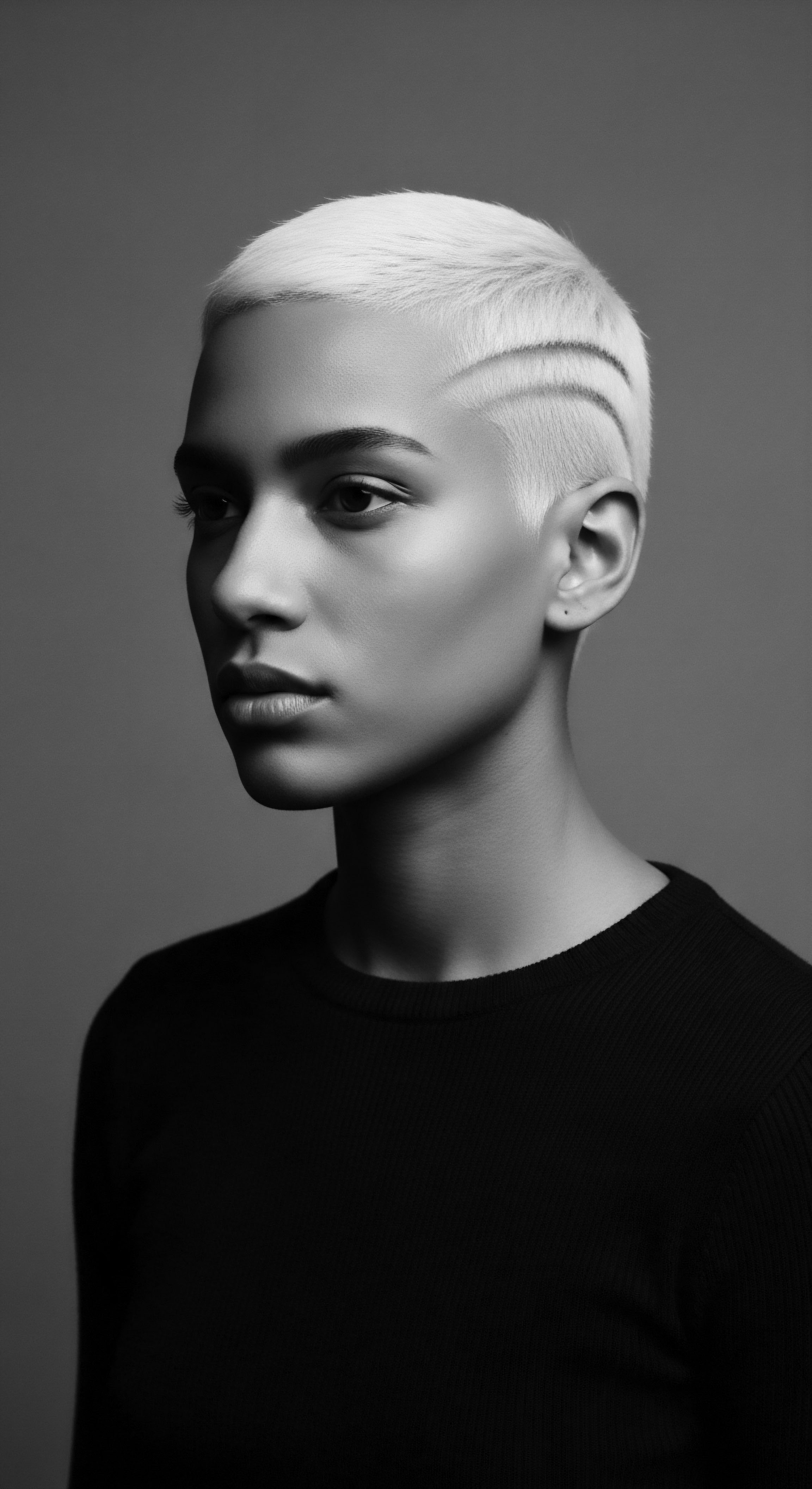
Hair Care Formulation
Meaning ❉ Hair Care Formulation is the deliberate design of mixtures to nourish, protect, and enhance hair, reflecting a deep heritage of ancestral wisdom and scientific understanding.
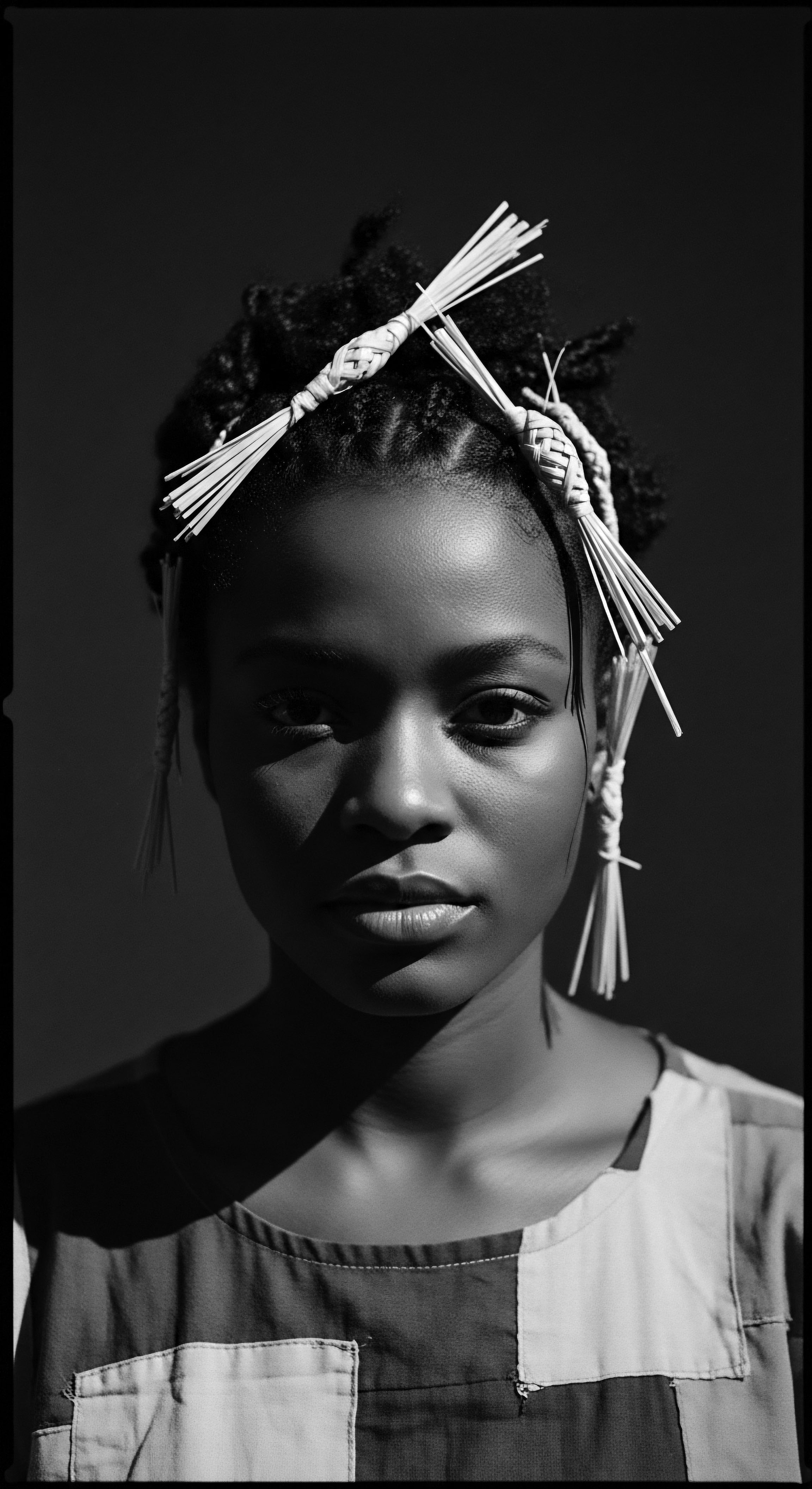
Can traditional African botanical practices inform modern textured hair care science?
Traditional African botanical practices offer deep insights into modern textured hair care, validating ancient wisdom with contemporary scientific understanding.

In what ways do traditional African plant uses connect to modern textured hair care science?
Traditional African plant uses provide a foundational heritage for modern textured hair care science, offering botanical solutions that align with contemporary understanding of hair needs.
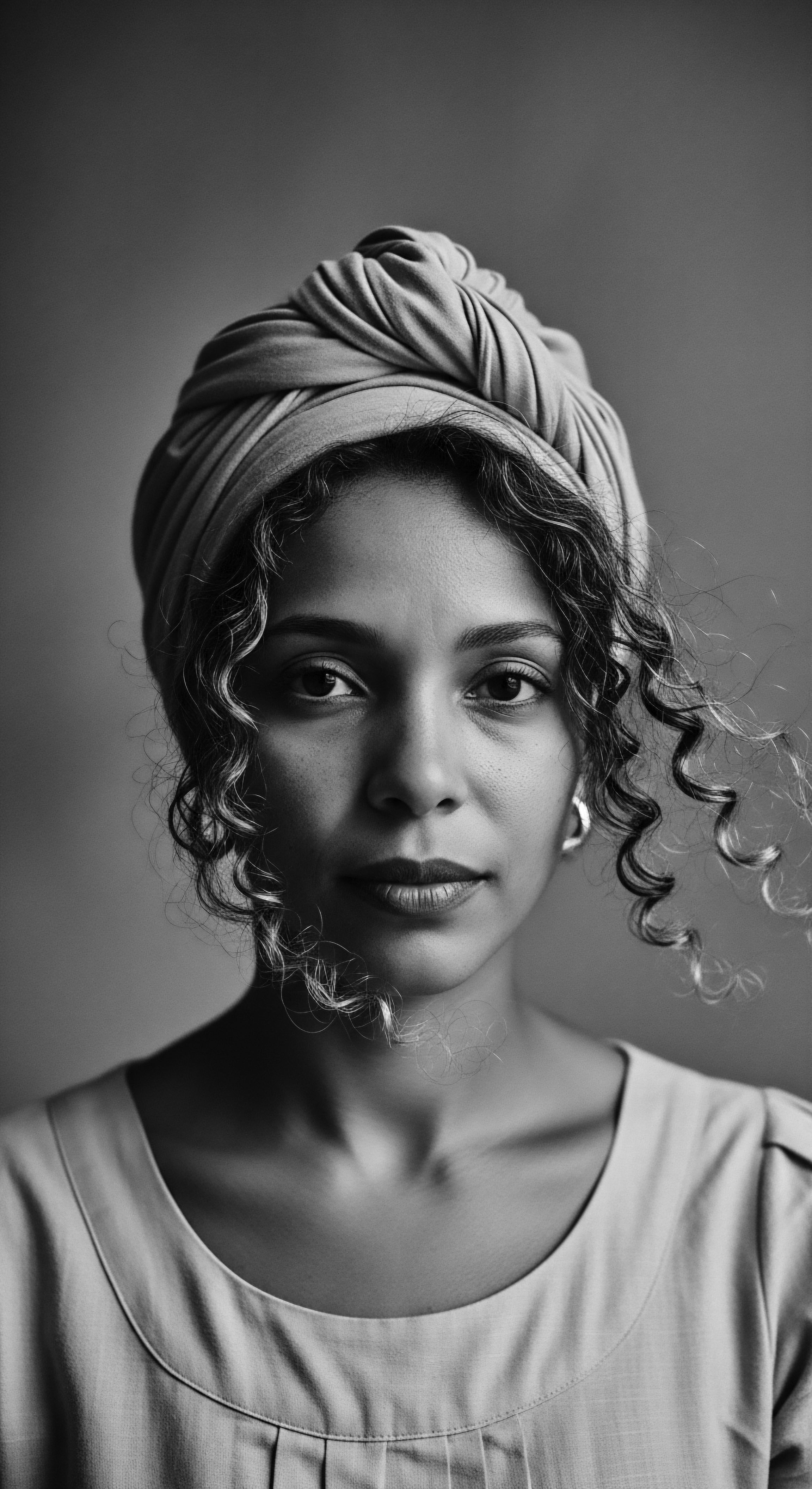
How do ancestral head wrap traditions align with modern hair care science for textured hair?
Ancestral head wrap traditions align with modern hair science by physically protecting textured hair, preserving moisture, and reducing friction, rooted deeply in heritage.
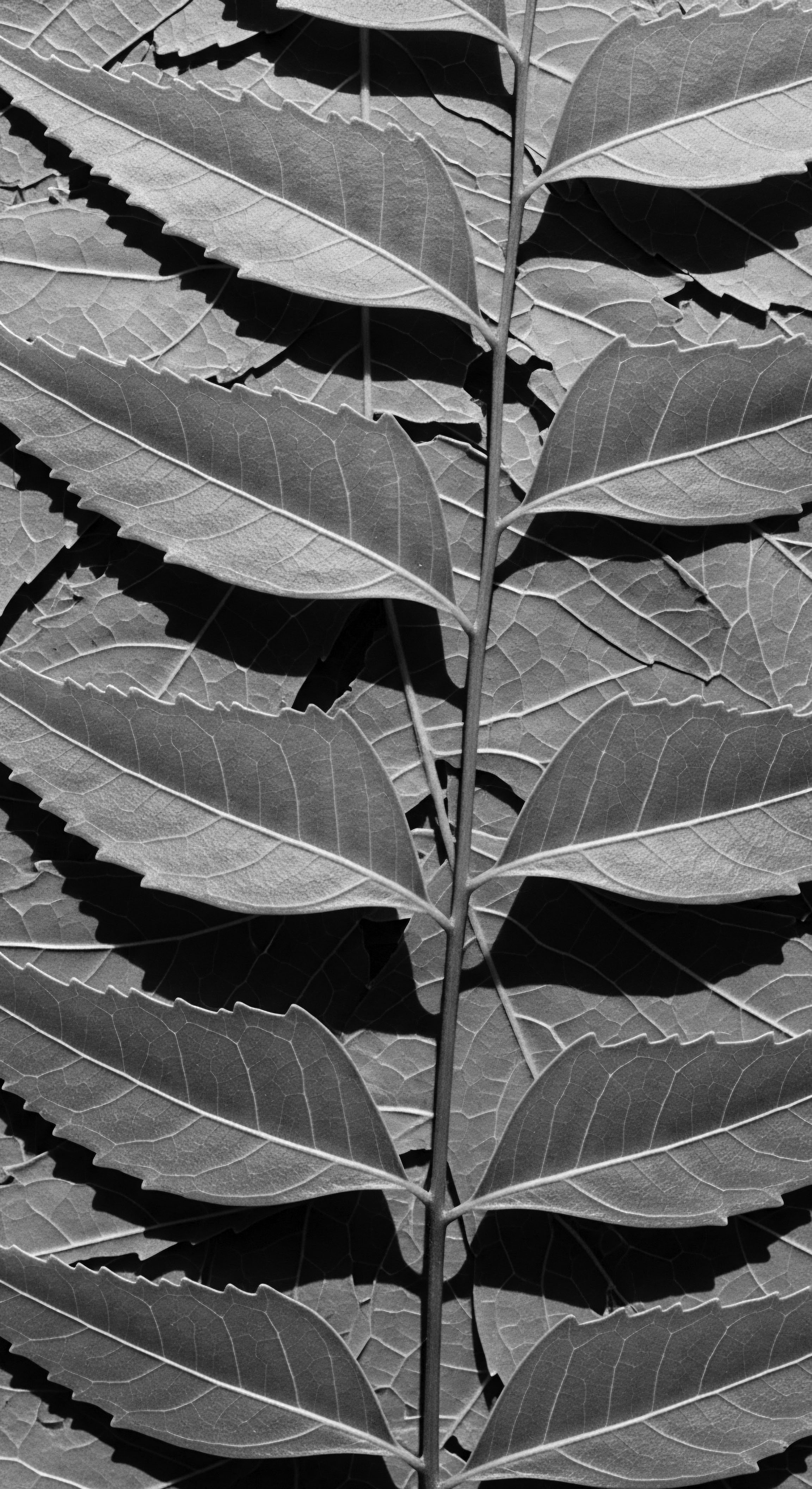
Can modern science validate ancestral uses of shea butter for textured hair?
Modern science confirms ancestral uses of shea butter for textured hair, validating its heritage-rich moisturizing, protective, and soothing properties.
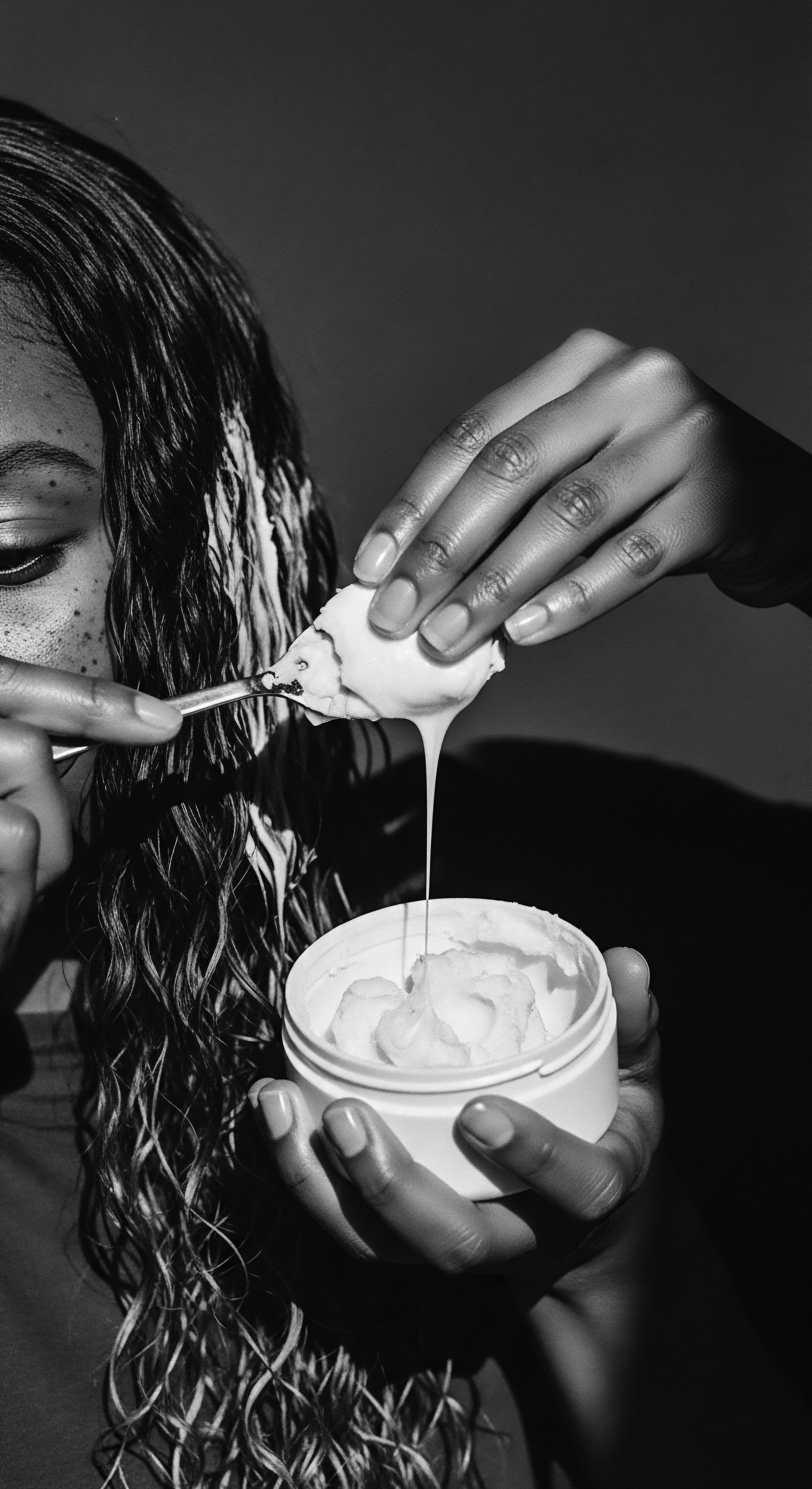
Can traditional plant knowledge validate modern hair care science for textured hair?
Traditional plant knowledge, deeply rooted in ancestral heritage, offers empirical validation for modern textured hair care science, revealing shared principles of nourishment and protection.

